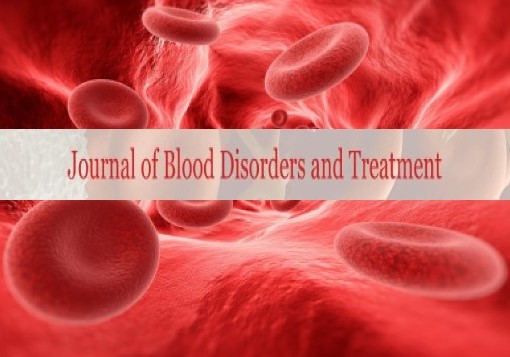
Sign up for email alert when new content gets added: Sign up
Jian Shi, Lily Zhong and Shiwei Huang
University of California, USA Drexel University College of Medicine, USA
Posters & Accepted Abstracts: J Blood Disord Treat
Cancer is a fatal human disease capable of spreading throughout the body extremely fast. As of now, early diagnosis of cancer is the most effective method to prevent cancer development and devise the most efficient and effective treatments. Therefore, early diagnosis is critical to achieving higher survival rates for patients. Many traditional diagnostic methods for cancer are still inadequate for early, convenient, accurate and non-invasive diagnosis. Specifically, Glioblastoma Multiform (GBM) is the most common primary malignant brain tumor, which the five-year survival rate is only 0.05% to 4.7%. Thus, the need to find more effective biomarkers is paramount in insuring early discovery and effective treatments for patients. Recently, there have been reports that indicate the possibility of microRNAs (miRNAs) as potential biomarkers for cancers. In this study, we attempt to answer two questions, could the exosomal miR-21 be used as a universal biomarker for cancer? We used the meta-analysis method to evaluate ten studies involving 318 patients and 215 healthy controls. In all, the analysis covered 10 types of cancers. In addition, we also examined and evaluated many other common issues with biomarkers, including cutoff points, internal controls and detection methods. This initial meta-analysis indicates that the exosomal miR-21 from body fluids has a strong potential to be used as a universal biomarker to identify cancers. As a continuation from the first question, we also consider, could we find any miRNA biomarkers specifically for the diagnosis of GBM? In order to predict GBM related miRNAs and their targets, we used a bioinformatics algorism-the Relative R-Squared Method (RRSM)-to analyze the miRNA and mRNA expression profiles and motif complementary sequences. Then, realtime PCR was used to confirm the predicted miRNA candidates in human GBM tissues and cancer cell lines. Furthermore, we used bioinformatics methods and molecular techniques to analyze the related gene expression and regulatory pathways. The results of these studies indicate that variations in miRNA expression have been observed in cancer tissues and biological fluids. The fact that some highly stable miRNAs circulate in the blood and Cerebrospinal Fluid (CSF) of both healthy individuals and diagnosed patients has raised the possibility that miRNAs may serve as novel diagnostic markers. Also, increased understanding of the interaction between miRNAs and mRNAs involved in GBM progression may lead to the discovery of predictive biomarkers, some of which are clinically relevant for targeted therapy and predicting prognosis. However, as this field is in the beginning, some different studies have conflicting results. In order to make more progress in the field, there is still a need to combine different advanced techniques, such as bioinformatics methods and other molecular and cellular techniques.
E-mail : jian.shi@ucsf.edu